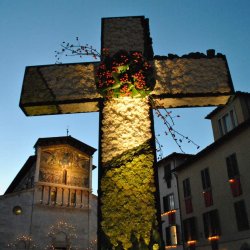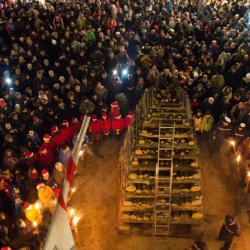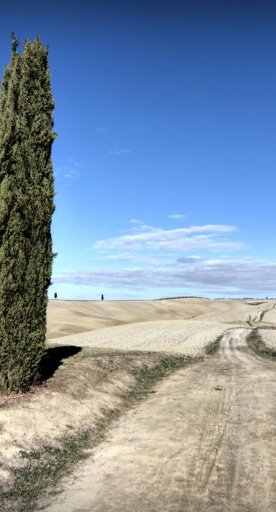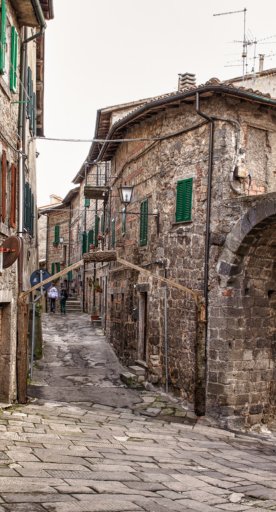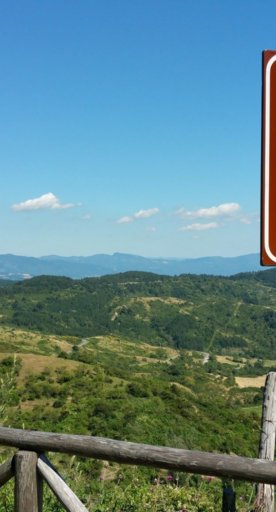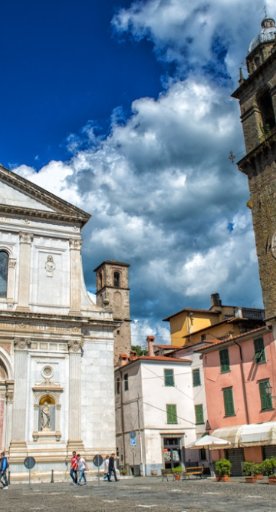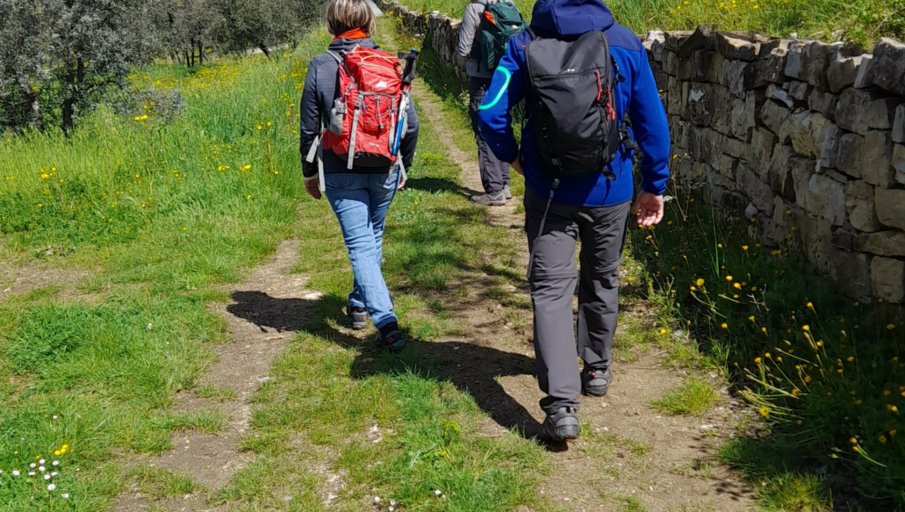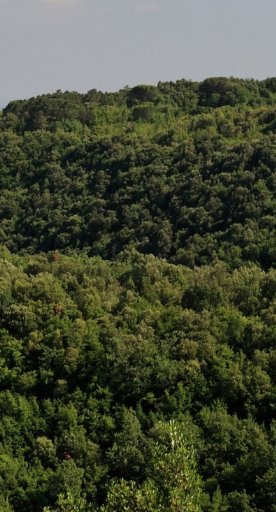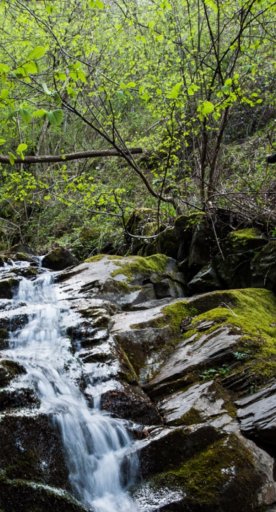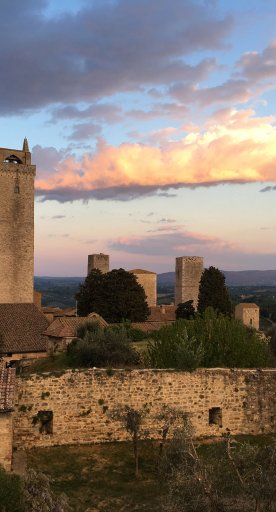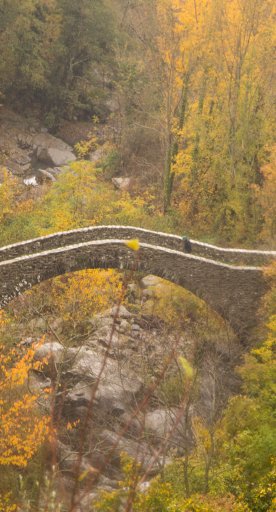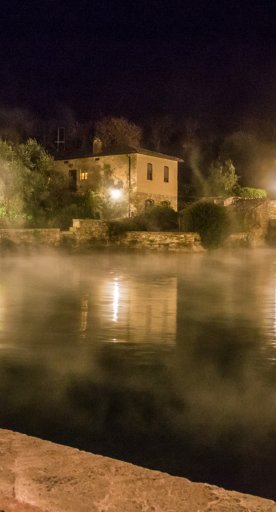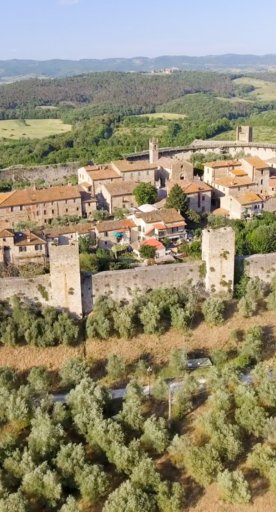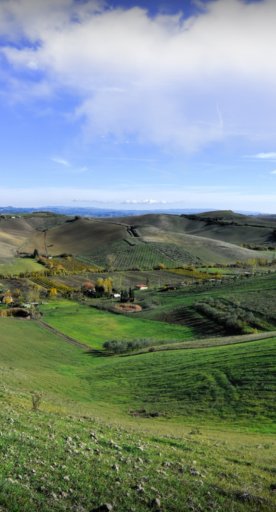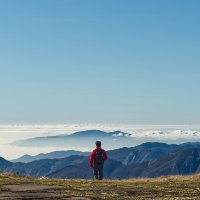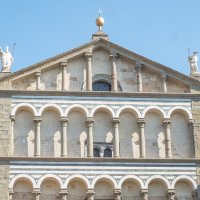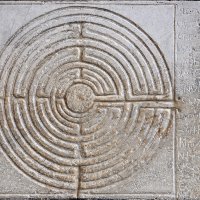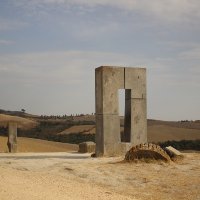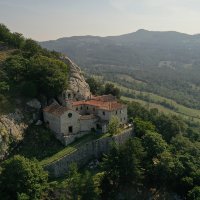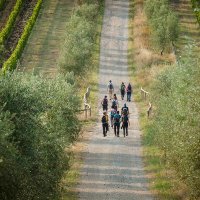

Radicofani: the hillside town with never-ending views
Walking through the main attractions of the city: from the "Posta Medicea" to the Fortress
Radicofani is small town on the southern edge of Tuscany that is soaked in rustic streets and a friendly population like I’ve never witnessed before. It’s built on a hill with a fortress overlooking and protecting its residents, almost as if it were straight out of a movie set.
Upon our arrival, we were greeted by Fausto, our guide for the day that brought us through the winding streets of Radicofani. It was immediately apparent to me that the people here are a happy bunch, those that greet each other every morning with a smile and maintain great pride in their tiny town on the Tuscan hillside. It’s easy to see why.
-
1.Main attractions in town
-
2.Bosco Isabella, an exhibition of the unity
-
3.Churches in town
-
4.The Fortress
-
5.Beauty all around
Main attractions in town

Fausto first showed us the Comune di Radicofani, or the town hall. It was there that we were introduced to various paintingsdepicting the history of the area, some dating back as far as 1651.
From the town hall we made our way to “La Posta Medicea”, also known as the “Osteria Grossa”. It was here around 1587 that the Medici family constructed this mansion of a structure as a hunting house, later to be used as a stopping point for those traveling on the Via Francigena.
Here travelers were allowed to rest, refuel, and rehydrate with an elaborate fountain in front, called the “Fontana Medicea”.
Bosco Isabella, an exhibition of the unity
Not far from the Posta and the Fontana is the “Bosco Isabella”, a garden built by the Luchini family many years ago. This garden is positively particular as it contains a pyramid made of stone and different plants from all over the world, an exhibition of the unity the Via Francigena has the possibility of creating.
It’s a place of peace, tranquility, and symbolism that is unique to Radicofani.


Churches in town

After absorbing a small slice of Radicofani’s history, we moved on to visit the churches that line its streets.
The Chiesa di San Pietro Apostolo is a church situated snuggly in a square lined with trees, a cafe, and views that give way to the border of Tuscany and Lazio. Fausto stressed that this is the most important church of this little town, that it’s romantic-gothic architecture style sets it apart from the others.
Across from the Church of San Pietro Apostolo is the Chiesa di Sant’Agata, a church that although smaller in size retains an impressive amount of stature.
The Fortress

As the air grew colder and the rain began to turn into snow with a heavy fog, we made our way to the main event of Radicofani, the fortress that towers over the small town. It was hard not to be taken back upon seeing the enormous tower that has protected the town for centuries.
The fortress is a piece of history that has its first written documentation dating back to 973 with a continual importance based on its strategic placement along the Via Francigena. From the fortress, the hillsides seem to span forever with what seems to be an infinite supply of idyllic views.
It is from here that one is able to feel the small place they hold in this world. Thousands of people have passed through this area, and we are only a minuscule percentage of that. They, too, had loved-ones, goals, and dreams for their future. They, too, were like us.
Beauty all around

These last few moments gazing onto the Tuscan countryside marked some of our last on the Via Francigena for the Toscana Ovunque Bella project. It was fitting.
It was in this moment that the tour really showed its true meaning to me; beauty was all around me and I had the rich culture, traditions, and history of Tuscany to thank for that.



